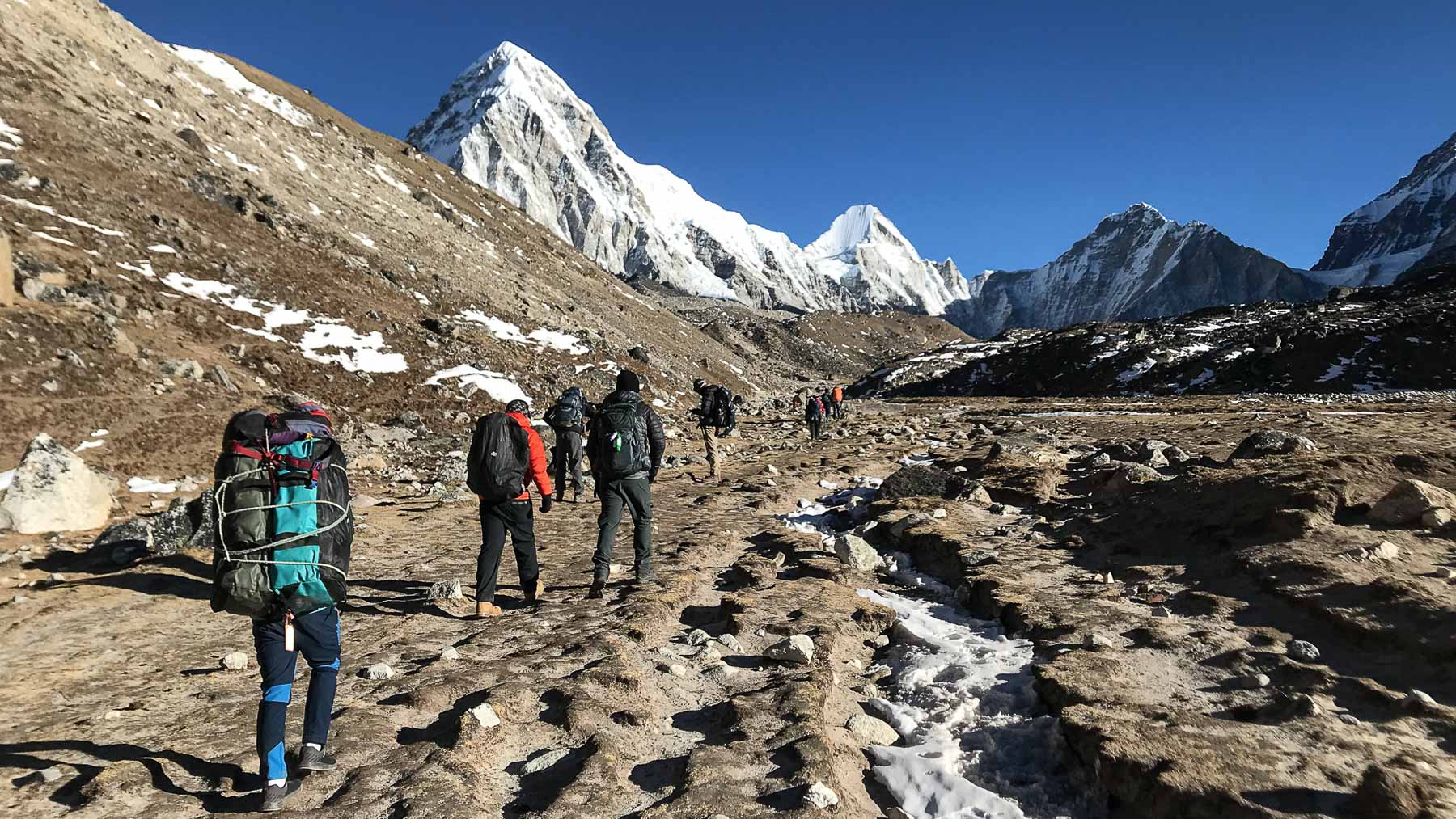Everest Treks are a combination of outdoor adventure and cultural exploration. The tour is usually fifteen days in duration and is available all year long. Everest Base Camp treks are a great choice for experienced trekkers. This trek can take you to the base camp of the world’s tallest peak.
Everest Base Camp treks are a 15-day trekking tour
Everest Base Camp treks are an incredible way to see the majestic Everest and the surrounding mountains. A trek to the base of the mountain offers the opportunity to see first-hand the lifestyle of the Sherpa people, as well as glimpses of some of the world’s most famous mountain climbers. The trek will take you through beautiful forests and Sherpa villages as well as past glacial moraines and foothills. It will be a challenging experience, but will also be a great way to explore the Himalayas in a short period of time.
An Everest Base Camp trek requires good physical condition, as the trek involves hiking for three to nine hours per day. It is recommended that you spend two or three months preparing for the trek by engaging in regular exercise. If you have never done any type of hiking before, make sure to begin acclimatization days prior to the trek. You will need to drink plenty of water and make sure you pace yourself.
They offer a blend of outdoor adventure and cultural exploration
If you’re looking for a unique combination of outdoor adventure and cultural exploration, Everest Treks may be right for you. These treks include visits to the Everest Base Camp and a trip over the Cho La pass to the Sacred Gokyo Lakes. A 14-day itinerary allows you to see some of the most breathtaking vistas of the Himalaya and will challenge your physical and emotional endurance.
The Everest Region trek starts in Lukla and travels through ancient trade routes and tiny villages. You’ll pass through high mountain passes and visit isolated monasteries. The trek continues on to Namche Bazaar, which is the gateway to the Everest region. You’ll see the stunning Everest peaks while passing through forests and upper alpine vegetation.
They are suitable for experienced trekkers
The Everest trek is a challenging one, but not beyond the capability of experienced trekkers. The trek begins at the base camp, and passes through the scenic village of Namche, where you will experience the Sherpa culture and a number of quiet monasteries. The Everest Base Camp is an iconic site, and you will be able to see the majestic mountain from the base camp and the surrounding region. A renowned trekking trail, the Everest Base Camp trek provides a thrilling psychological rush for trekkers.
Even fit trekkers should be prepared to face high altitude sickness, which can affect people even at the highest altitudes. You can reduce the risk of high altitude sickness by following a recommended itinerary for your trek. A good training regimen is designed to prepare you for the higher altitudes. It will include exercises that will strengthen your core, upper body, and lower body. It will also focus on breathing patterns, which are important at high altitude.
They can be done all year round
Several months of the year offer ideal conditions for Everest Treks. While July and August are the busiest months, you can also take advantage of the cooler temperatures in September, October, and November. These months are less crowded and offer better mountain views. However, you should be prepared for the cold weather and bring appropriate clothing.
The best time to go on an Everest trek depends on your itinerary. You will have to decide if you want to trek to the base camp or take a helicopter tour. You can also go during the winter, although it can get very cold at times. Although it is chilly, winter offers great mountain views, and it is the perfect time to go on a helicopter tour.
They are relatively easy
Everest Treks are relatively easy to complete. The trail to Everest Base Camp is the same as that used by mountaineers and trekkers to summit the mountain. The climbers usually take the same route, but summit Everest at different times. The climbers generally start their journey at the base camp and trek to the summit by the end of May. Trekkers are likely to encounter climbers along the trail during the first few days of their trek, but they may not encounter the climbers themselves.
While the trek is relatively easy, there are some risks involved. The weather, terrain, and gear are all factors that may affect your trek. It is important to plan ahead for any possible delays or inconveniences that may occur. Everest Base Camp isn’t accessible during the coldest seasons of spring and autumn, so it’s best to plan your trip for a time when the weather will be more predictable. Flights into Lukla can also be delayed due to weather conditions.
They can be done solo
A solo Everest Base Camp Trek is possible, but it requires a lot of planning and research. While there are many advantages to trekking without a guide, there are also a lot of safety risks. Here are a few things to keep in mind when planning your trek on your own.
First of all, you’ll need to arrange accommodation. If you’re trekking solo, you’ll likely stay in a tea house at Everest Base Camp. However, it’s not impossible to get lost if you’re not careful. If you’re worried about getting lost, you can contact the authorities. Otherwise, you can book your accommodations through a professional trekking agency.

